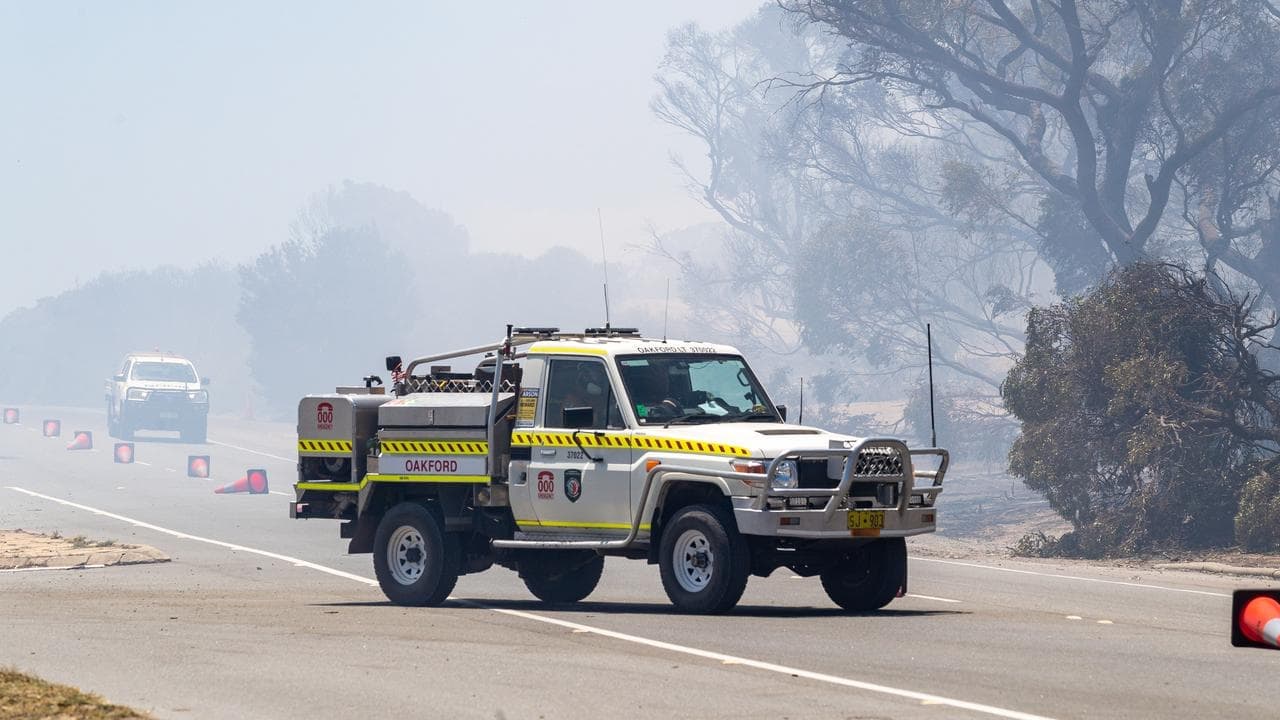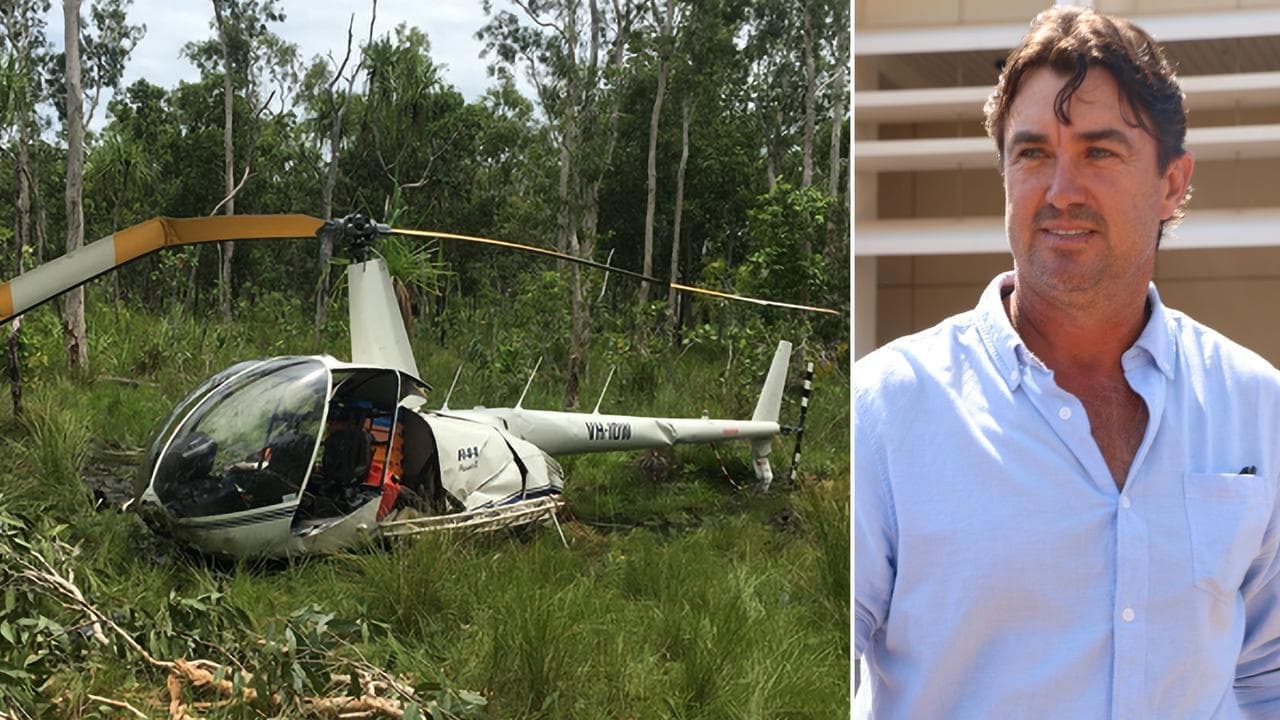WHAT WAS CLAIMED
Cows only produce as much methane as would be naturally released into the atmosphere.
OUR VERDICT
False. Cow’s stomachs provide optimal conditions for methane production. Whereas, methane production outside of a cow is heavily dependent on environmental conditions.
An Instagram video claims cattle are not adding any extra methane to the atmosphere that wouldn't already be produced naturally.
The claim is false. Scientists told AAP FactCheck it ignores the complicated mix of digestion and microbial actions that have led experts to warn of rises in livestock methane emissions and their impact on the climate.
The Instagram video (screenshot here) posted by carnivore diet advocate Dr Anthony Chaffee, is titled, "Are Cow Burps Ruining The Environment?", and has text stating: "Cows aren't ruining the environment, they ARE the environment."
In the video, Dr Chaffee says: "Cows don't make methane, first of all, they're not creating matter. It's the breakdown and degradation of fibre that produces methane from the bacteria."
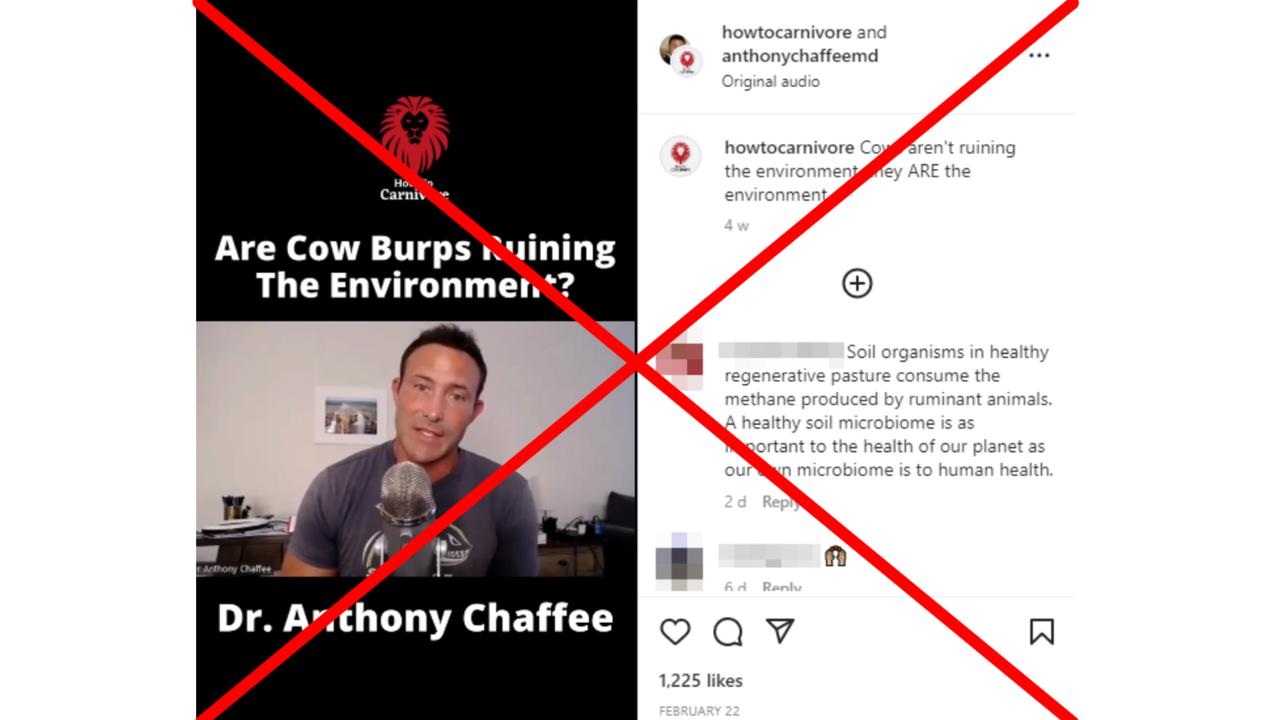
He goes on to say: "That methane is going to be produced either way, because if that fibre just falls on the ground and gets degraded naturally, it's the same bacteria breaking that down. Termites get it, whatever, whatever animal gets it, whatever bug or bacteria get it, it still comes down to that breakdown process and it produces methane."
In the comments, he continues: "They don't produce any more methane than would have been produced otherwise".
However, experts told AAP FactCheck the video fundamentally misunderstands how enteric methane is produced. It can only be produced under anaerobic conditions, or without oxygen, and livestock production is considered responsible for a large percentage of methane released into the atmosphere.
Methane is created both naturally and through a number of human activities, such as decaying organic matter in landfill sites, along with the production of coal, natural gas, and oil.
It's produced by cows and other ruminant animals through a chamber in their stomach called the rumen, which allows them to store partially digested food and let it ferment. They later regurgitate the food and finish the digestive process. As the vegetation ferments in the rumen, it produces methane, which is expelled mainly through burping.
Richard Eckard, a professor of sustainable agriculture at the University of Melbourne and director of the Primary Industries Climate Challenges Centre, told AAP FactCheck in an email the post "is incorrect".
In particular, Prof Eckard said it depends on the conditions in which the organic matter breaks down.
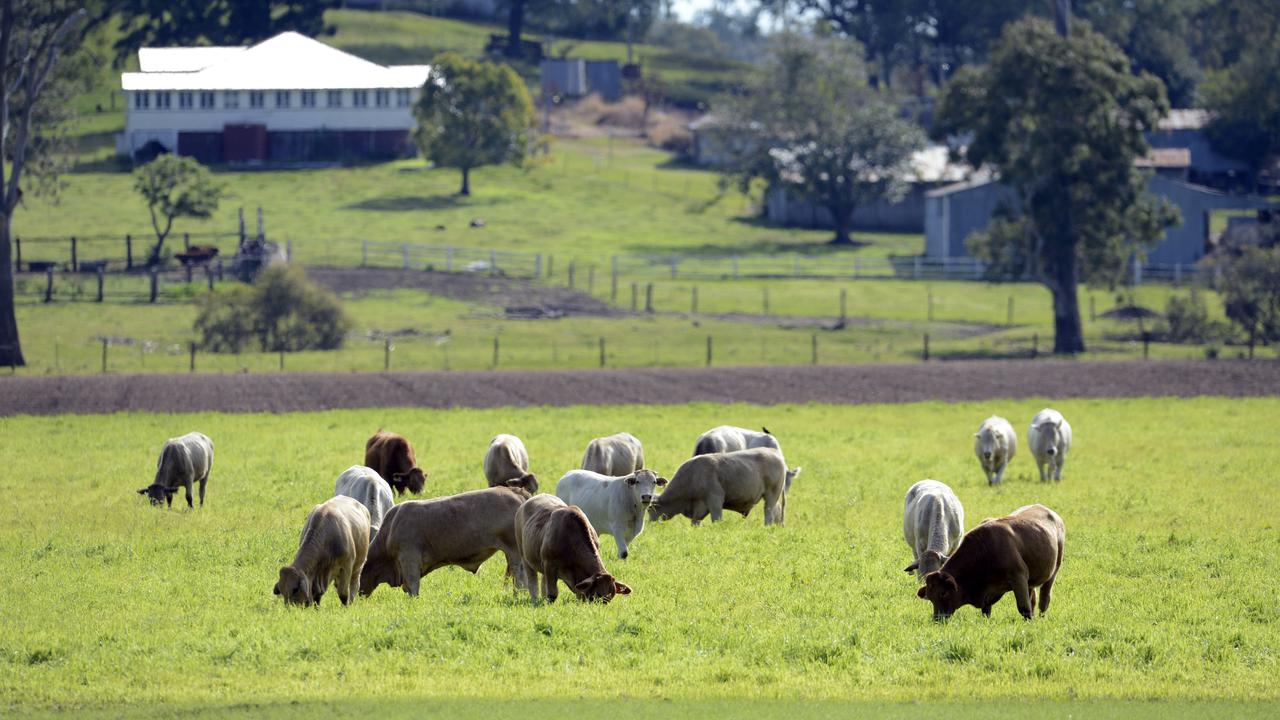
"In the rumen there are always microbes present and the conditions are always conducive to producing methane," he said, describing the perfect conditions as wet and anaerobic (free from oxygen).
Prof Eckard added: "If that pasture landed on a rangeland system it would produce no measurable methane and the soil would actually absorb methane, whereas if it landed on a wet high rainfall pasture it may produce methane … Also the methane per hectare from decaying pasture is two orders of magnitude smaller than that from the cow for the same amount of dry matter, so the idea that it was going to produce methane anyway is wrong."
Sinead Leahy, the principal science adviser at the New Zealand Agricultural Greenhouse Gas Research Centre, agreed that the post was "not supported by the science".
"Atmospheric methane originates from both natural sources (about 37 per cent), and those caused by human activity/anthropogenic sources (about 60 per cent)," Dr Leahy said in an email.
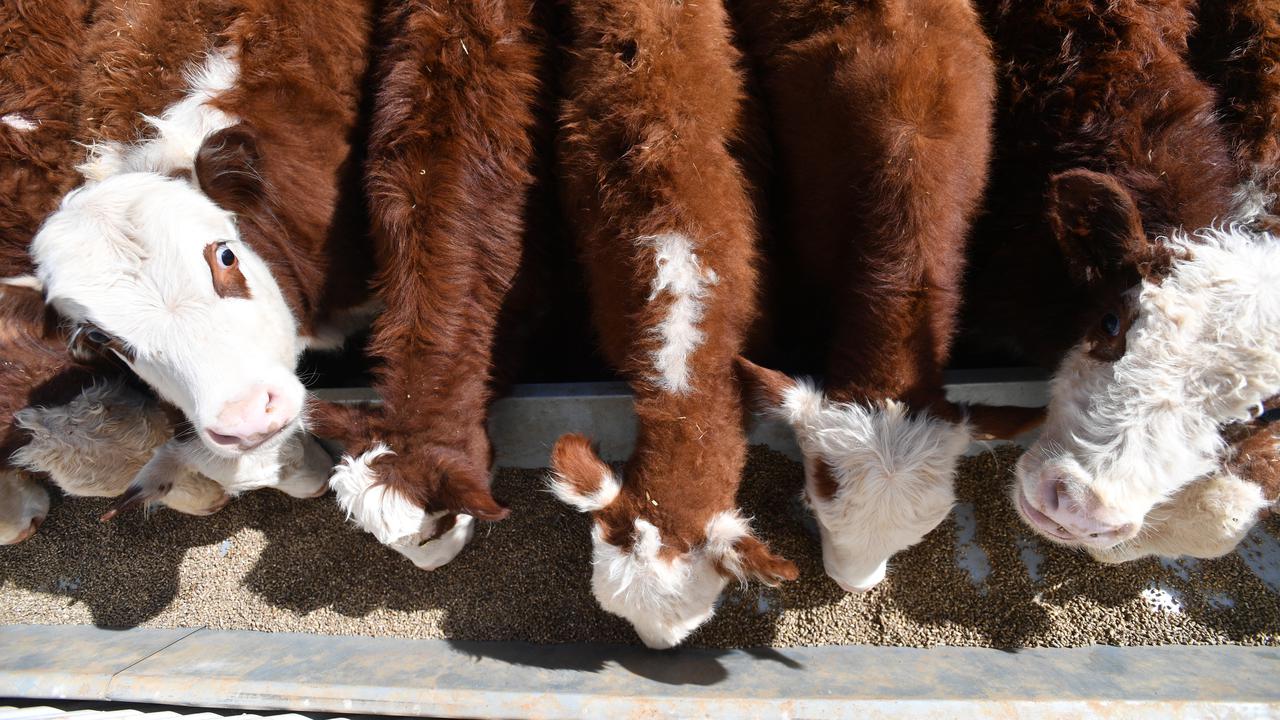
"The largest natural sources are from wetlands, freshwater, and geological processes, while the largest anthropogenic emissions are from enteric fermentation (taking place in the digestive systems of animals such as cattle) and manure treatment, landfills and waste treatment, rice cultivation and fossil fuel exploitation.
"Methane emitted by ruminant animals such as cattle is considered the largest source of methane caused by human activity globally."
Prof Eckard said it all comes down to how much organic material is subject to long-term anaerobic conditions.
As an example, he said one of the worst offenders for methane emissions is paddy fields.
"They are always anaerobic and flooded, and therefore can produce as much methane per unit, dry matter as a ruminant - this does not occur under normal pasture conditions."
Methane has a warming potential more than 28 times that of carbon dioxide.
The United Nations Environment Programme says methane is "driving climate change", stating "livestock emissions - from manure and gastroenteric releases - account for roughly 32 per cent of human-caused methane emissions".
Worldwide cattle populations have also been increasing. A 2019 study in the journal Nature Communications looking at methane emissions from domestic ruminants from 1961 to 2012 noted: "Livestock production is the largest anthropogenic source in the global methane budget, mostly from enteric fermentation of domestic ruminants."
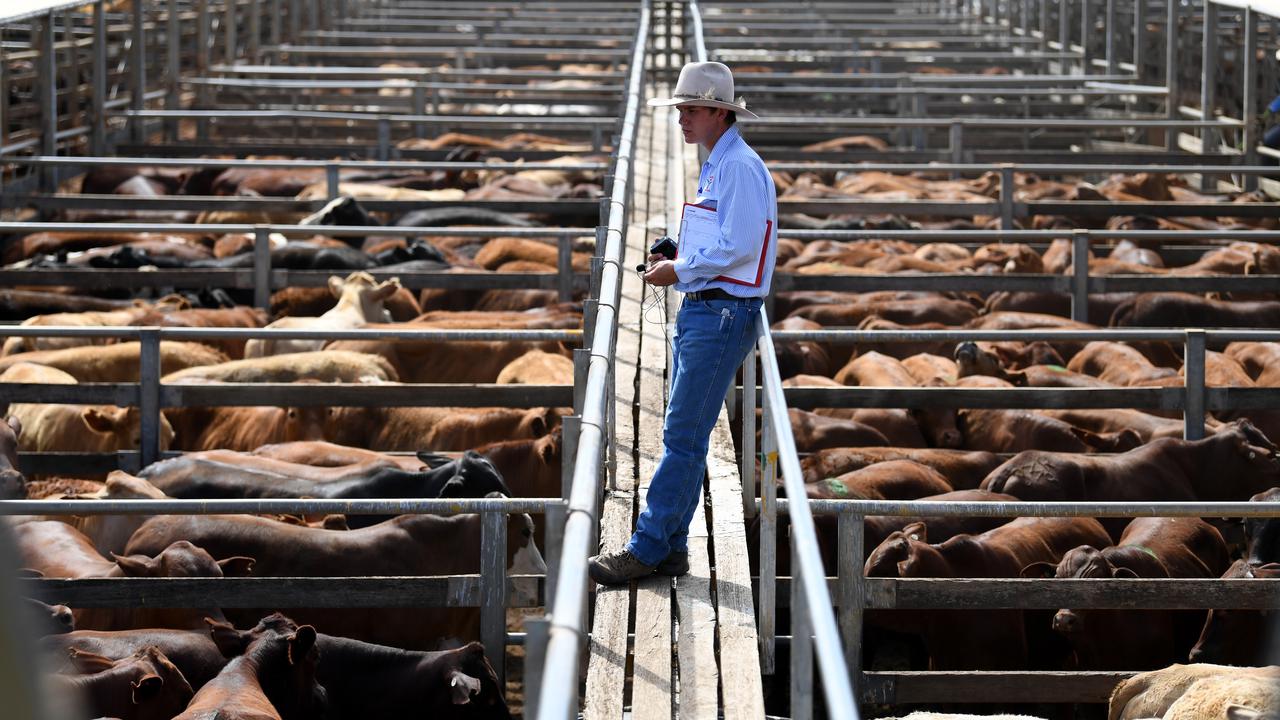
Dr Leahy said methane emissions had nearly doubled in the earth's atmosphere over the past two centuries.
Prof Eckard added that the Instagram video conflates anthropogenic processes versus natural processes.
"In Australia and New Zealand there were no ruminants 200 years ago, so we cannot argue that livestock methane is just a natural process as humans have introduced these animals where they were not before," he said. "Two hundred years ago most of the rangelands of Australia absorbed methane into the soil, now they are a net source of methane because of the livestock."
US National Oceanic and Atmospheric Administration analysis showed 2020 had the largest annual increase in atmospheric methane since systematic measurements began in 1983, while NASA data shows methane emissions continue to rise.
AAP FactCheck has previously debunked similar claims about cow methane emissions, while Dr Chaffee has also been fact-checked over false claims early humans only ate meat
The Verdict
The claim cows only produce as much methane as would be naturally released into the atmosphere anyway is false.
Experts told AAP FactCheck the cow's rumen provides the perfect conditions for production of methane, which is then emitted mostly through burping.
The amount of methane produced from organic material breaking down naturally is dependent on the environmental conditions. For example, if it was in a rangeland system it would produce no measurable methane and the soil would actually absorb methane.
False – The claim is inaccurate.
AAP FactCheck is an accredited member of the International Fact-Checking Network. To keep up with our latest fact checks, follow us on Facebook, Twitter and Instagram.









